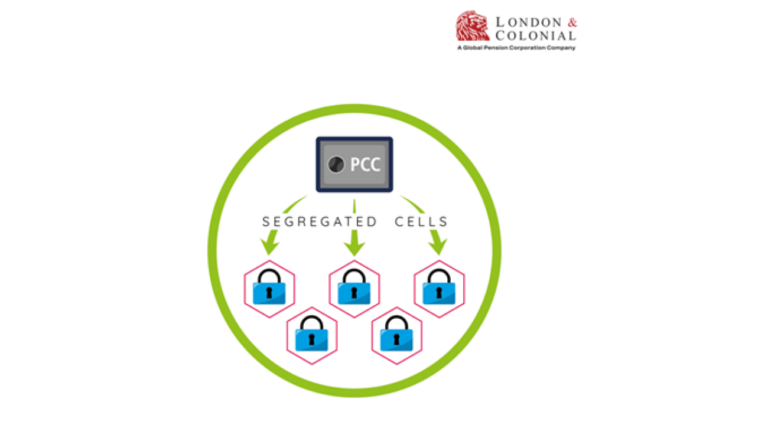Read this article to explore the income options from a Discounted Gift Trust and the Flexible Life Annuity. This case study will help you understand the advantages and disadvantages of each.
Exploring income options
Whilst one of the most common solutions for a client wanting to retain an income whilst mitigating inheritance tax is a discounted gift trust, there are other solutions available. In this article, we compare a Discounted Gift Trust (‘DGT’) to London & Colonial Assurance’s (‘LCA’) Flexible Life Annuity.
Since her partner died six months ago, Elsa (70) has been struggling to manage the family home and everyday bills. She currently receives a pension of £20,000 and has accumulated wealth of £800.000 (including the family home, ISAs, and various cash deposits).
After discussions with her family, Elsa has decided to move into nearby rented sheltered accommodation. Currently the rent and service fees are £26,000 per year (The Average Retirement Home Costs in the UK (2024) | Lottie) so Elsa speaks to her financial adviser to discuss her future income needs.
Discounted Gift Trust
Under a DGT solution, Elsa invests a lump sum into an investment bond, which is then transferred to a trust under which Elsa is entitled to a fixed income for life. After Elsa’s death the remaining fund is held in trust for her chosen beneficiaries.
Because Elsa retains a right to a fixed income the gift into trust is “discounted”. In order to calculate this discount Elsa will need to be medically underwritten.
Under a DGT, the income is fixed at outset and cannot be changed or cancelled. Her financial adviser explains this is because the discount is based on the value of the future income payments that Elsa will receive. Therefore, if her circumstances change, and she needs more income, for example, to meet any future increases in rent, she won’t be able to vary the income amount.
Her financial adviser explains that the fixed regular payments (including any adviser fees) are normally set to 5% of the investment each year due to the potential UK income tax liability. Under chargeable event rules, each year 5% can be taken without an immediate income tax liability. If the withdrawals go above 5%, then the excess would be a chargeable gain. Also, once the tax deferred allowance has been exhausted (5% for 20 years), any subsequent payments are treated as a chargeable gain and are assessable to UK income tax at Elsa’s marginal rate of tax.
Whilst Elsa currently needs the income stream, her financial adviser reminds her that as the payments cannot be changed, if for example, her circumstances change, and she no longer required the income, on her death any accumulated income could potentially increase her inheritance tax (‘IHT’) bill if she doesn’t spend it.
Whilst there is an immediate IHT saving (depending on whether a discount is given), the remainder of the gift into trust will be outside Elsa’s estate after seven years. However, any growth made on the whole of the investment is immediately outside of her estate.
Flexible Life Annuity
The Flexible Life Annuity (‘FLA’) is a unit-linked purchased life annuity which, like a DGT, is designed to provide an income. However, Elsa retains control of the annuity during her lifetime; she can increase, decrease, pause, and resume the income, depending on her needs. This means that Elsa can make sure that future increases in living costs can be managed effectively.
The income that Elsa withdraws, just like the DGT, may be liable to UK income tax. But, under the FLA, a tax-exempt sum is calculated at the start of the annuity. This is the amount of annuity payments that can be taken tax-free each year. In any year if the annuity payments exceed the tax-exempt sum, the excess is treated as savings income and potentially liable to UK income tax. However, where the annuity payments are less than the tax-exempt sum, the unused amounts may be carried forward to future years. Unlike the DGT, where the tax deferred allowance can be exhausted, the tax-exempt sum calculated is available throughout the life of the annuity.
As Elsa purchases the FLA and retains control over during her lifetime there are no underwriting requirements and no trust involved.
Elsa is unsure what happens on her death. Her financial adviser explains that the FLA will cease and she will receive no further annuity payments from the FLA. But when the FLA is purchased, Elsa also has the option to purchase a preference share in London & Colonial Assurance PCC Plc, a Protected Cell Company. The purchase of the preference share is totally separate to the purchase of the FLA, but if Elsa decides to purchase the preference share, the share will be linked to the Cell which holds all the assets that back her FLA. When Elsa dies, her personal representatives must value all of her estate, which includes the value of the preference share (the value of the remaining investments held within the Cell) for IHT purposes.
Under IHT legislation there are reliefs and exemptions that allow assets to be passed on to a deceased’s beneficiaries tax-free. One such relief is Business Relief. Where the asset is a share in an unlisted trading company, 100% business relief is available on the first £1m of eligible assets and 50% on any assets over the £1m tax-free allowance (effective April 2026), provided the asset was owned by the deceased person for at least two years before they died and continued to be held on death.
London & Colonial Assurance PCC Plc is an unlisted trading company so the preference share could potentially benefit from 100% business relief for the first £1m in assets.
Summary
| Discounted Gift Trust (DGT) | Flexible Life Annuity (FLA) | |
| Income | Inflexible – Fixed at outset and cannot be cancelled or varied
|
Flexible – Initial income calculated at outset, but can be varied between 0% and 100% |
| Taxation of Income | Tax deferred for 20 years then taxed at marginal rate of UK income tax | Each year the excess above the tax-exempt sum is taxed at marginal rate of UK income tax. |
| Control | Uses a trust, trustees become the legal owners but during the client’s lifetime have a duty to pay the income to the client
Trust must be registered on HMRC’s Trust Registration Service |
No trust, client remains the sole owner
No registration required |
| Underwriting | Full underwriting required to calculate discount | No underwriting required |
| Inheritance tax | Discount outside estate immediately with the remainder after seven years | 100% business relief is available on the first £1m of eligible assets and 50% on any assets over the £1m tax-free allowance (effective 06 April 2026). Must own the preference share for two years at the time of death |
Deciding whether a DGT or a FLA is the best solution for a client’s needs depends on that client’s individual circumstances, so financial advice is paramount.
This article is based on London & Colonial Assurance PCC Plc’s understanding of applicable UK tax legislation and current HM Revenue & Customs practice, as of November 2024, which could be subject to change in the future.





